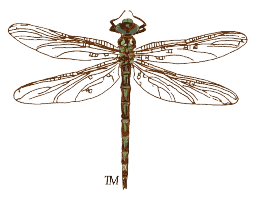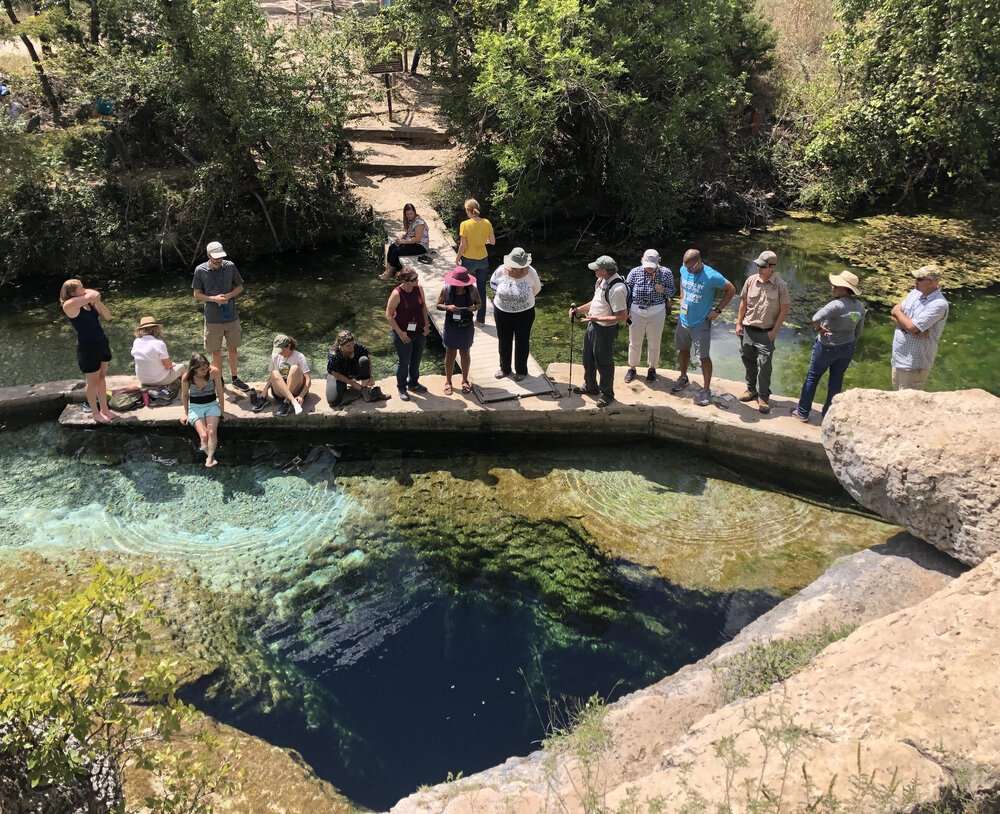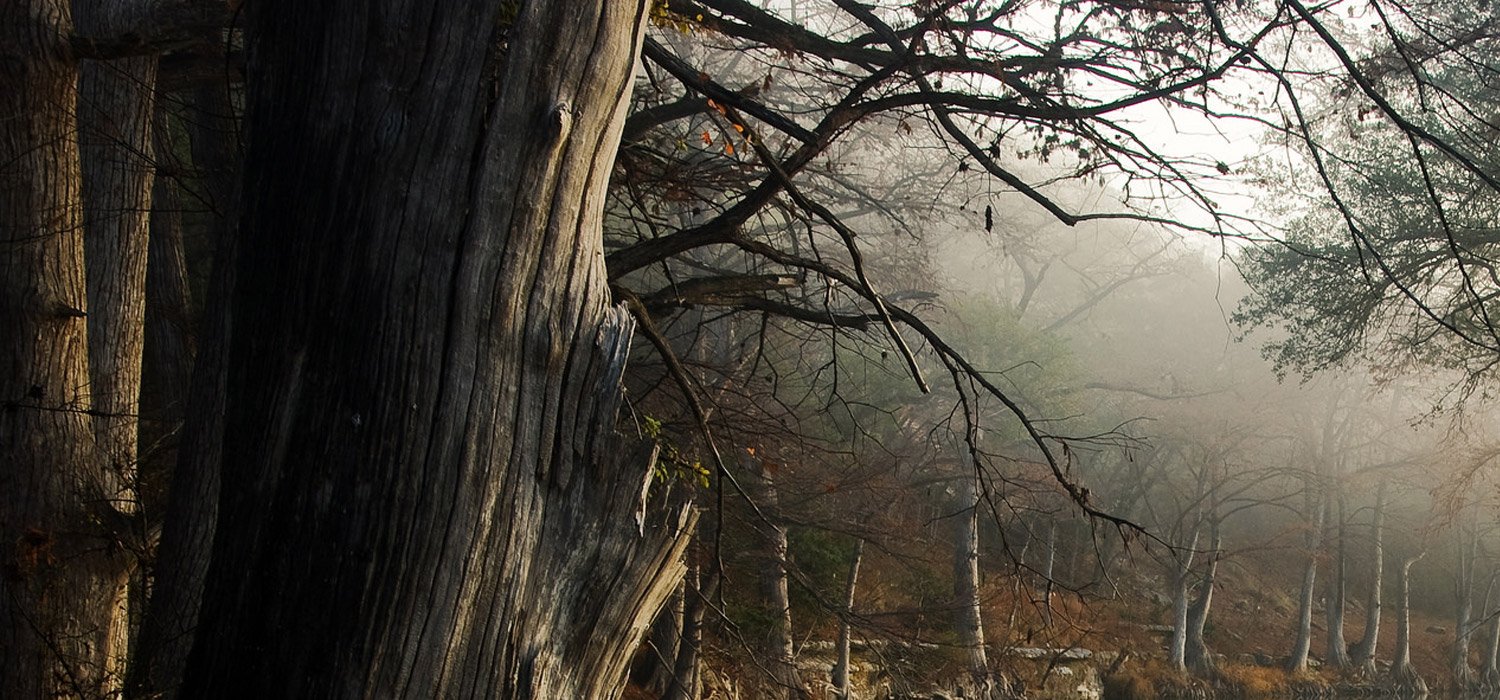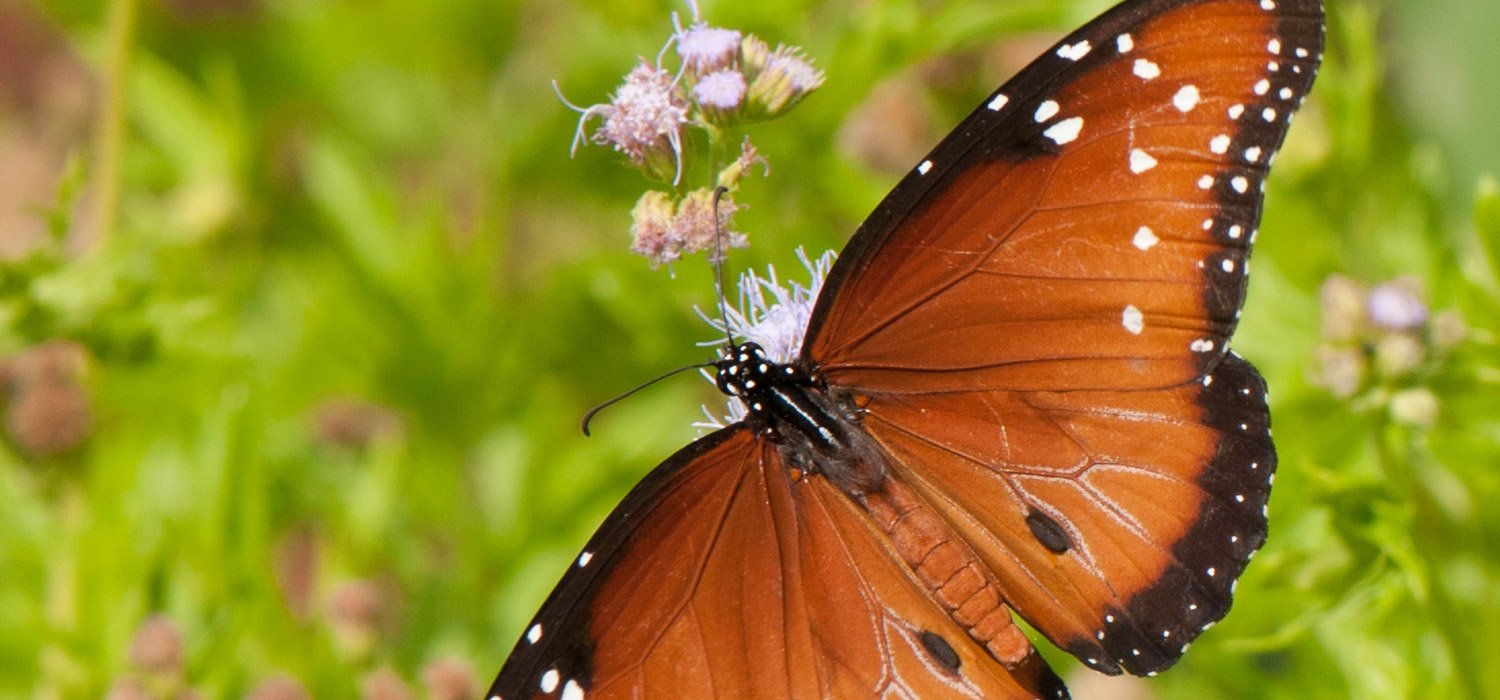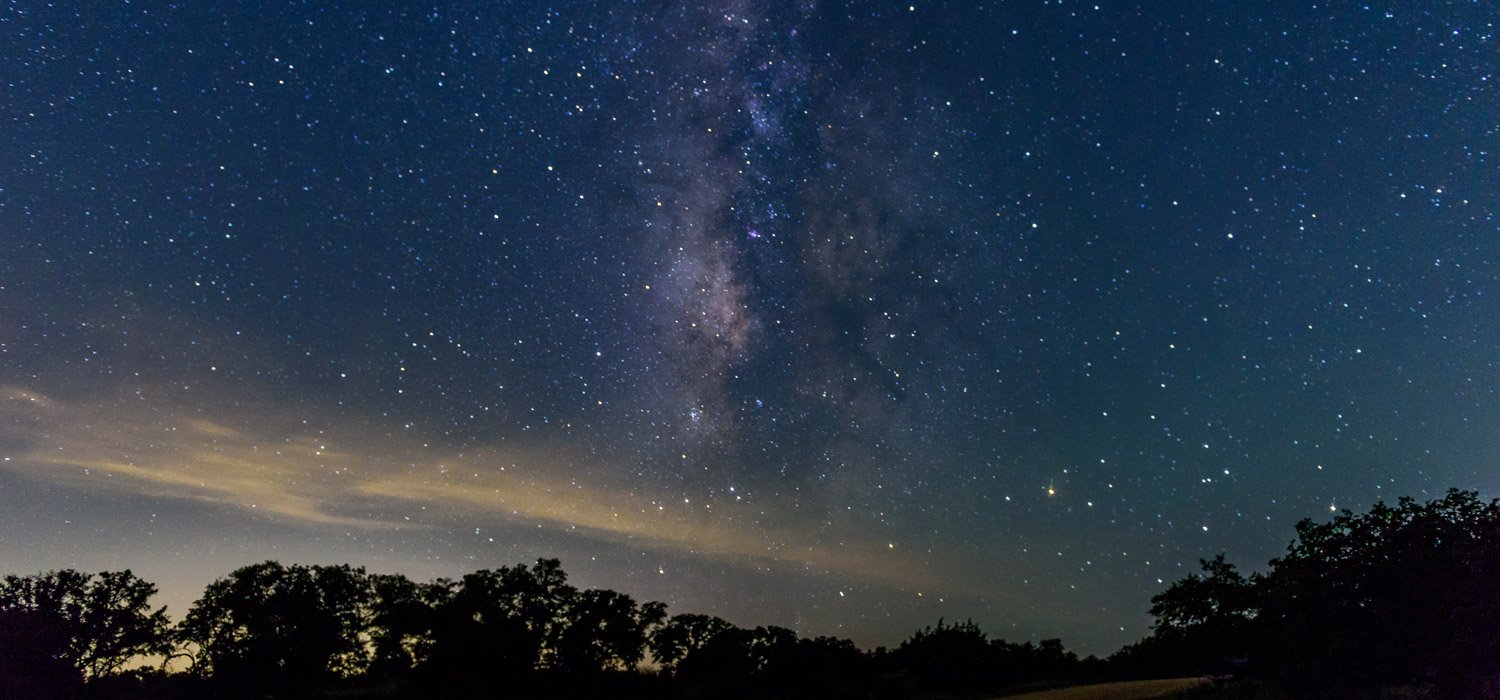
The May Magazine
Betsy Cross - Mimi Cavender - Constance Quigley
I have a love/hate relationship with the squirrels on our property. In March, it was all love as I noticed a fox squirrel with something in its mouth. Upon closer inspection, it was not nesting material as I initially thought.
It’s out! And it’s fabulous. It’s the Beautiful Hays County Activity and Coloring Book. Intended for outreach and education, this Activity and Coloring Book is a project of the Willett Foundation Grant to the Hays County Chapter of the Texas Master Naturalist™ program.
Love them or hate them, insects and spiders are vital to the health of our Texas Hill Country ecosystems. Why should we care?
It was new. Mysterious. It intrigued me right off the nature trail and, along swirls of scented wood, spiraled me into its center. Safe inside, I felt delight and something primordial.
DarkSky Texas in April 2023 announced its new name along with a new initiative intended to reach more Texans about ways to improve outdoor lighting to benefit ourselves, the economy, and nature.
The 2023 Naturescapes Photography Contest, cosponsored by the Hays County Master Naturalist Chapter, is now accepting entries! The entry deadline is June 26th.
The Hays County Chapter of Texas Master Naturalist™ held its annual Reunion on April 29, 2023. It was a day for the Chapter’s self-celebration, project networking, trail walks, relaxation, good food, stargazing, a sleepover, and renewed friendships all around.
It was a gray afternoon last week when I visited Warbler Woods Bird Sanctuary for the first time. Not the ideal time of day for birding. But I still saw a variety of birds and hundreds of butterflies in this beautiful landscape.
The rapid growth of the Hays County area is increasing the burden upon this valuable resource. Understanding our water supply and how it effects the land helps us to make better water management decisions.
The continuous water cycle starts with rain. Of the rain that falls on the land, 89% of it either evaporates directly to the atmosphere or processed through transpiration in plants into the atmosphere. The remaining 11% seeps into the ground or runs off as surface water to rivers and streams. Of the water on the earth’s surface, 97% of it is saltwater and 1-2% is frozen glaciers, ice, and snow around the world. That leaves about 1% of water available for consumption.
Watersheds are basin-like landforms defined by highpoints and ridgelines that descend into lower elevations and stream valleys. A watershed, sometimes called a drainage basin or catchment, carries water “shed” from the land after rain falls and snow melts.
Soil erosion via water flow is a significant issue in Hays County and in all of the Texas Hill Country. Our geology with the limestone base and relatively thin soil makes it difficult for rain to soak in quickly.
Water attracts wildlife and is great for plants. While not everyone can live near a river or lake, everyone has the option of building a water feature. In this article we will cover how to make a small wildlife pond or water feature that can be maintained year-round with only rainwater.
If you live in the Wimberley Valley, your property is part of the Blanco River Watershed. But “watershed” is a misleading way to describe it. The word implies getting water off the land as quickly as possible. Instead we should re-conceptualize our valley as a “water catchment area.” This term, used by most of the rest of the world, suggests capturing water before it flows downstream.
Humans have a major impact on the land and natural resources. Positive actions regarding conservation will result in a healthier natural environment.
Land restoration is the process of returning a site to a natural landscape and habitat, safe for humans, wildlife, and plant communities. Developing and following a land restoration plan are the means of accomplishing this goal.
Within their native habitats, animals should be able to find the basics necessities for maintaining their health and lives; water, food, and shelter…
Flash floods have been part of the Hill Country for over ten million years, ever since the rivers and creeks began carving out their deep valleys and leaving behind 200-250 ft. high hills. While we can’t stop flash floods, we can reduce their intensity and the amount of damage they cause.
Wildfires play an important role in nature. Some ecosystems, such as grasslands, rely on natural fires to regulate growth and recycle nutrients. There is an entire scientific discipline, Fire Ecology, focused on understanding the natural processes involving fire and how ecosystems respond.
On one property, the problem was that runoff quickly filled the small drainage ditch along the driveway and rushed down to the creek. The owners created diverters along the driveway to catch the runoff and divert it on the native grasses bordering the driveway.
Hays County residents are fortunate enough to have the Milky Way visible throughout much of the area. The night sky is part of our heritage and reminds us of our connection to the universe.
